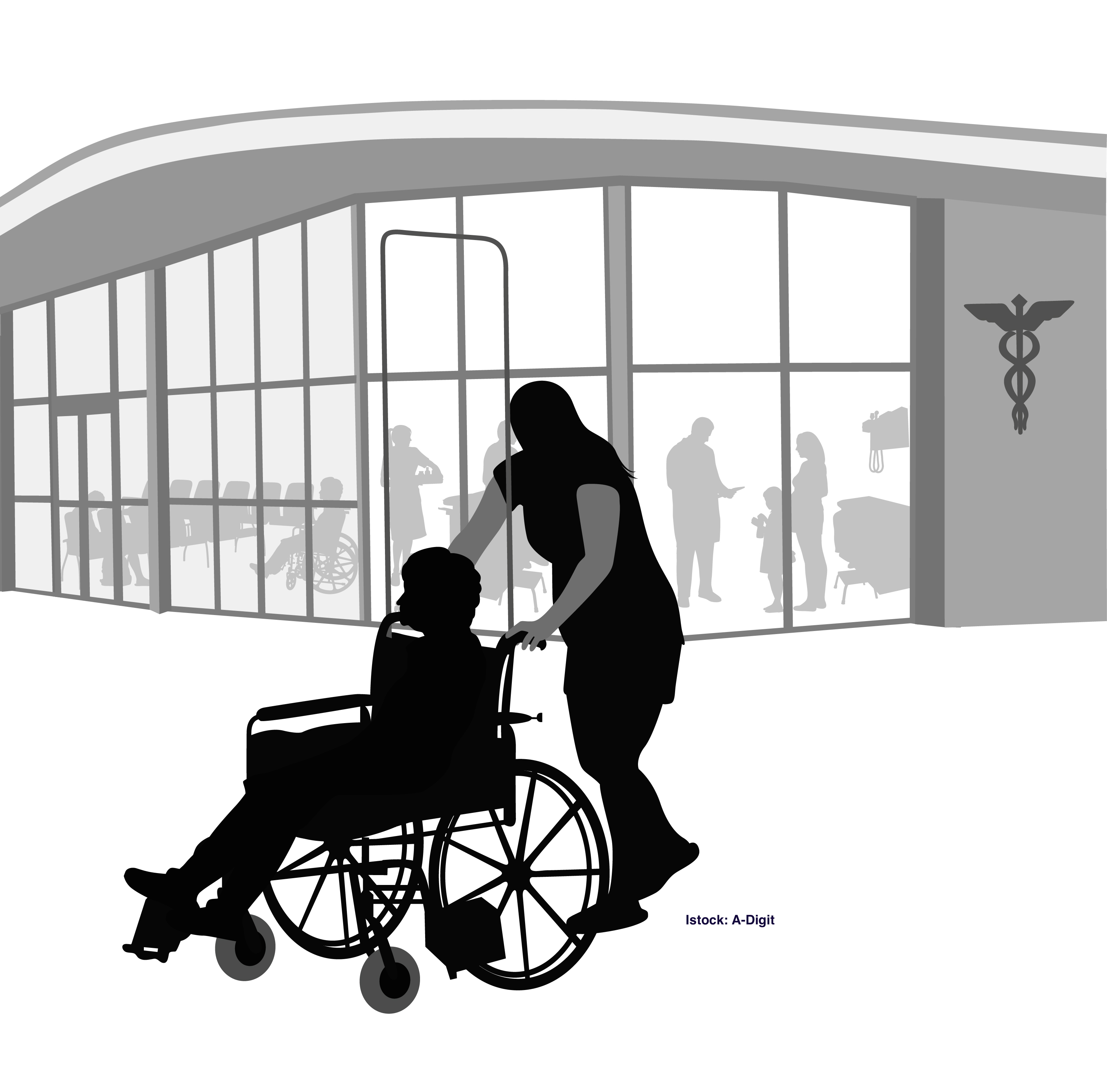AARP Hearing Center

As California moves into a second year of coronavirus lockdowns for its roughly 100,000 nursing home residents, advocates are working toward legislation to shore up oversight and safety for this vulnerable group.
More than 6,400 residents and staff died of COVID-19 last year, over a third of the state’s total deaths.
The outbreaks prompted Gov. Gavin Newsom (D) to sign a law requiring skilled nursing facilities to report communicable-disease-related deaths and suspected deaths within 24 hours. The measure, which took effect Jan. 1, also requires facilities to have a full-time infection preventionist.
Adequate staffing
In May, the state Department of Public Health mandated weekly COVID-19 testing of nursing home workers.
A recent AARP report found that 45.8 percent of California facilities had recorded infections among staff.
Workers often move between facilities, potentially infecting residents and other employees. Low pay is a factor in turnover: Nursing home aides can earn as little as minimum wage.
Imposing testing requirements helped reduce infection rates, “but it hasn’t increased any wages or helped with conditions in nursing homes,” said Sal Rosselli, president of the National Union of Healthcare Workers.
In California, 88 percent of nursing homes are owned by corporations. But their average profit margin is only 1.1 percent, and the majority of patients are low- income and insured by the state’s Medicaid program, Medi-Cal, said Deborah Pacyna, public affairs director for the California Association of Health Facilities.
“The answer is to better fund Medi-Cal so we can hire and pay, and attract and retain, workers,” Pacyna said.
Homes are trying to maintain staffing levels, testing and personal protective equipment amid changing regulations.
“We have to test staff every week,” Pacyna said. “We’re dealing with supply-chain issues. We have waves that keep coming.”
AARP will be pushing for a law to prevent facilities from refusing to readmit Medi-Cal patients after a hospital visit because they can’t pay as much.
Infrastructure investment
Last year, Newsom vetoed a bill that would have required skilled nursing facilities to have a backup power system for at least 96 hours in the event of a shutoff. Hundreds of thousands of Californians have been left in the dark by PG&E blackouts.
“We had so many residents who were evacuated,” said Patricia L. McGinnis, executive director of California Advocates for Nursing Home Reform.
“The governor vetoed the bill following the industry’s objections,” McGinnis said.
In his veto statement, Newsom said facilities needed more time to ramp up for the changes.
Blanca E. Castro, director of advocacy for AARP in Sacramento, sees the backup power issue as part of a broader effort to get nursing homes to add needed infrastructure.
“The issues that have been brought to light in the pandemic are systemic problems,” said Castro. “We need to improve staffing ratios, have infection control and emergency protocols. We’re calling on the nursing home industry to pull up their bootstraps and tackle this.”
Barbara Kingsley is a writer living in Long Beach.
More on Long-term Care
- COVID-19 cases again on the rise in nursing homes
- Track the status of nursing home visit rules
- How will nursing home residents get the COVID-19 vaccine?































































